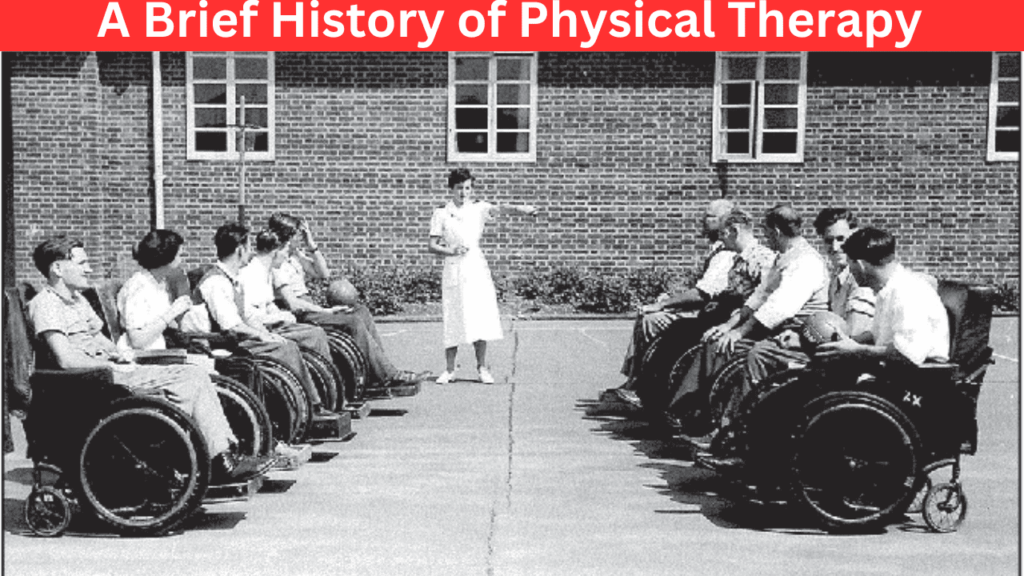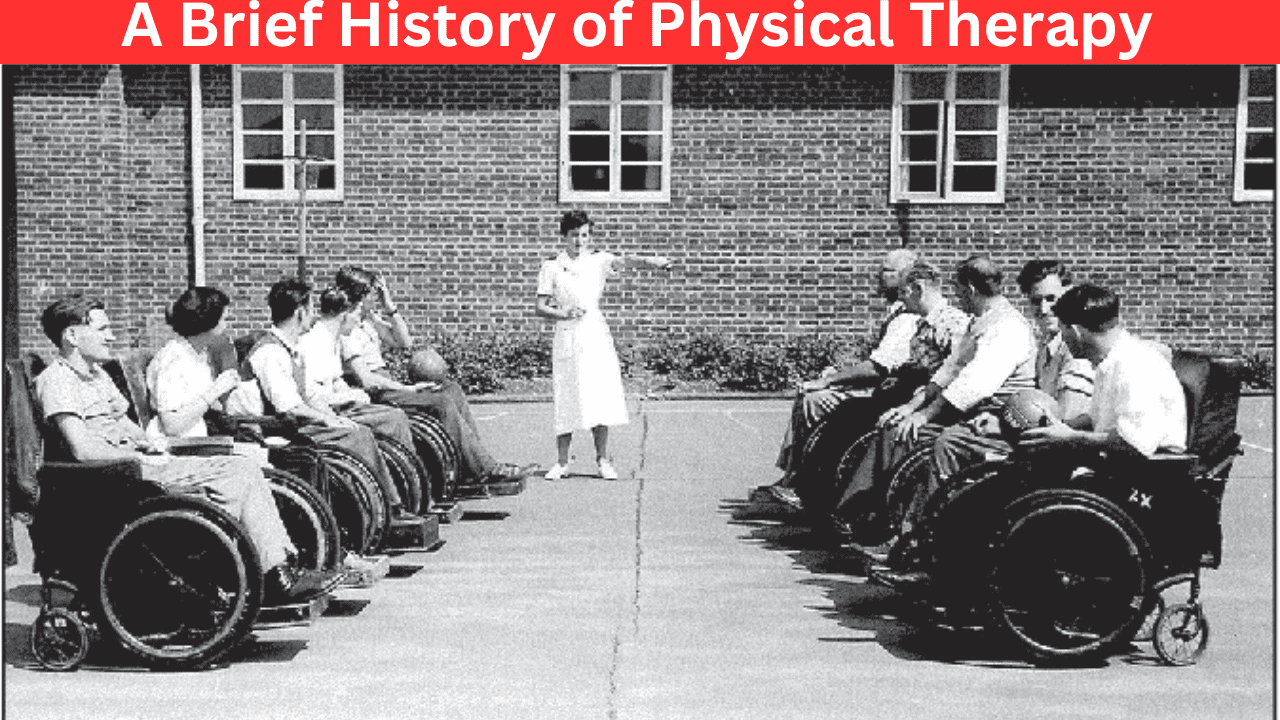
Physical Therapy (or Physiotherapy) is a medical services calling essentially worried about the remediation of weaknesses and inabilities and the advancement of portability, useful capacity, personal satisfaction and development potential through assessment, assessment, finding and actual intercession did by Actual Specialists (known as Physiotherapists in many nations). The profession of physical therapy also encompasses research, education, consultation, and administration, in addition to clinical practice.
Today’s healthcare system relies heavily on physical therapists. They contribute to the quality of life of their patients by keeping them healthy, fit, and active and, in many cases, avoiding surgery and long-term use of prescription medications. They are trusted healthcare experts in restoring and improving motion. Physical therapy is frequently the last course of treatment for work-related injuries before the patient is allowed to return to work and placed in Maximum Medical Improvement. Although the term “physical therapy” is well-known to the majority, very few people are aware of the history of this vital field.
Physical therapy now treats a wide range of musculoskeletal injuries and disorders, from elite athletes to people with back or neck pain to stroke or spinal cord injury patients. Like modern medicine, physical therapy has improved over the past century to be able to treat problems more effectively than ever. Here is a little glance at the historical backdrop of physical treatment.
Hippocrates and Galenus, who came later, are thought to have been the first physical therapists. In 460 BC, they suggested using hydrotherapy, manual therapy, and massage to treat people. After the advancement of muscular health in the eighteenth 100 years, machines like the Gymnasticon were created to treat gout and comparable sicknesses by efficient activity of the joints, like later advancements in exercise based recuperation.
The Royal Central Institute of Gymnastics (RCIG) was established in 1813 by Per Henrik Ling, also known as the “Father of Swedish Gymnastics,” to provide massage, manipulation, and exercise. This is where actual physical therapy as a professional field was first documented. Sjukgymnast, which means “someone involved in gymnastics for those who are sick,” is the Swedish term for a physical therapist. In 1887, Sweden’s National Board of Health and Welfare granted PTs official registration.
Soon after, other nations followed. The Chartered Society of Physiotherapy was established in Great Britain by four nurses in 1894. The School of Physiotherapy at the University of Otago in New Zealand in 1913, and Reed College in Portland, Oregon, United States, in 1914, which produced “reconstruction aides” as graduates.
At the end of the 19th century, Britain became the home of modern physical therapy. Before long following American muscular specialists started treating youngsters
with handicaps and started utilizing ladies prepared in actual schooling, rub, and healing activity. During the 1916 polio epidemic, these treatments were used and promoted more.
During WWI ladies were enlisted to work with and reestablish actual capability to harmed troopers, and the field of active recuperation was systematized. In 1918, individuals engaged in physical therapy were referred to as “Reconstruction Aides.” Following the outbreak of World War I, the first school of physical therapy was established at Walter Reed Army Hospital in Washington, D.C. Research sparked the physical therapy movement. In “The PT Review” in March 1921, the first physical therapy research was published in the United States. The Physical Therapy Association, which is now known as the American Physical Therapy Association (APTA) and has approximately 76,000 members across the United States, was founded by Mary McMillan in the same year. Physical therapy is defined by the APTA as ” clinical applications in the reclamation, upkeep, and advancement of ideal actual capability.”
Physical therapy as a polio treatment was promoted by the Georgia Warm Springs Foundation in 1924. Treatment through the 1940s basically comprised of activity, back rub, and footing. In the early 1950s, spine and extremity joint manipulation became common practice, particularly in British Commonwealth nations. In the following decade, physical therapists began working outside of hospitals in outpatient orthopedic clinics, public schools, health centers for colleges and universities, geriatric settings (skilled nursing facilities), rehabilitation centers, and medical centers.
In 1974, the Orthopaedic Section of the APTA was established to serve physical therapists who specialized in orthopedics. This marked the beginning of specialization in physical therapy in the United States. The International Federation of Orthopaedic Manipulative Therapy (IFOMT) was established that same year and has since been a sign of change and progress in manual therapy all over the world. Freddy Kaltenborn, an osteopath, chiropractor, physical therapist, and athletic trainer from Norway, greatly influenced the eastern United States during this time. Mariano Rocabado, PT of Chile, who had some expertise in treatment of Temporomandibular issues, additionally brought a lot of new data and proceeds to add to our calling. The training of manual therapy on the west coast was initially influenced by Australia’s Geoffrey Maitland, PT.
In the 1980s, more technological advancements in rehabilitation were made as a result of the explosion of technology and computers. A portion of these advances have kept on developing, with modernized modalities, for example, ultrasound, electric triggers, and iontophoresis with the most recent advances in remedial cold laser, which at long last acquired FDA endorsement in the US in 2002. Even though they have a place in the field, other innovations, such as electronic resistive exercise, or Isokinetics, have lost popularity for a variety of reasons.
In the 1990s, manual therapy received a lot of attention, and there were more formal residency programs. Throughout the mid year of 1991, Norwegian manual advisor Freddy Kaltenborne made the American Institute of Muscular Manual Active recuperation (AAOMPT). Ola Grimsby, PT and Dr. Stanley Paris, PT were among the founding members. The goal of this organization was to bring together physical therapists who shared a focus on manual and manipulative therapy.
In the 21st 100 years, the calling has kept on developing significantly, by further fostering the logical reason for its administrations, and by making section level instruction guidelines to fulfill the needs of the present medical services framework. This indispensable work will go on as the medical care framework is changed. The present exercise based recuperation calling flaunts sure, cultivated, proficient experts on the front line of medical care, and it reliably positions as one of the global most helpful vocations.
While ensuring patient safety and applying evidence to provide efficient and effective care, these practitioners aid individuals of all ages in achieving optimal functioning and quality of life. Physical therapists have a one-of-a-kind, individualized approach thanks to their extensive education, clinical expertise, and “hands-on” approach. A safe, appropriate, and individualized plan of care is available to you when you are under the care of a physical therapist.
